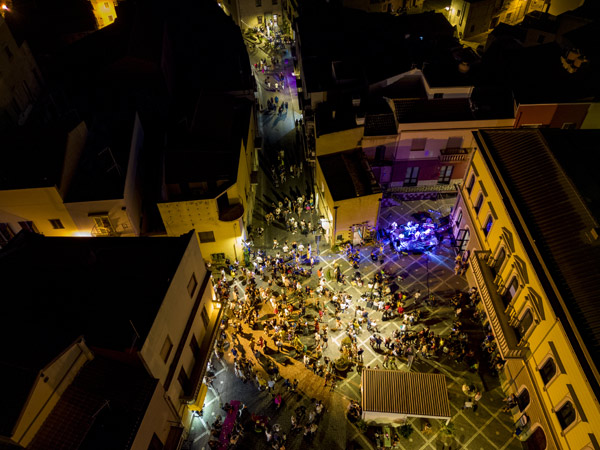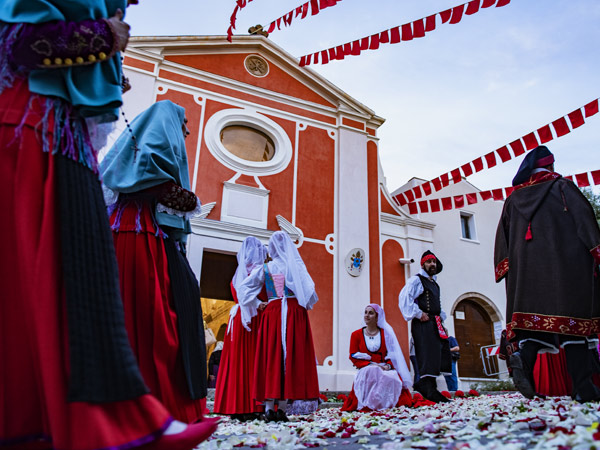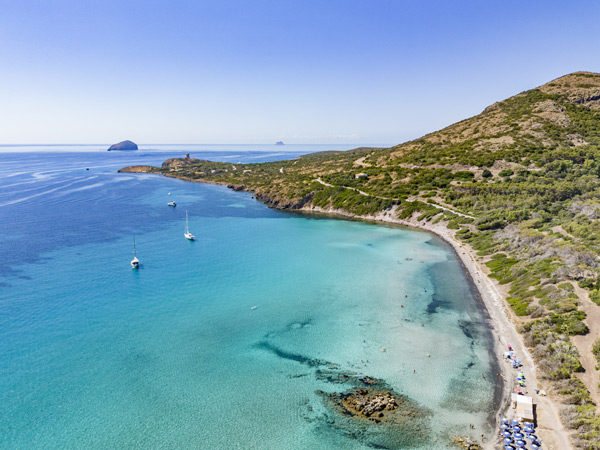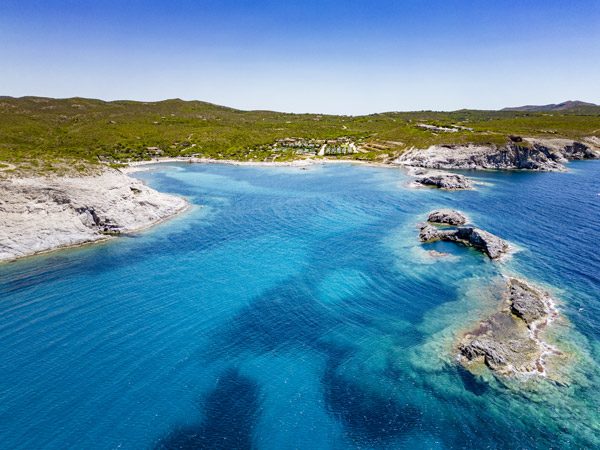Sant'Antioco
Seaside village, named after the patron saint of SardiniaThe main island of Sulcis, located in the extreme southwest of Sardinia, takes its name from the figure of Sant’Antioco. Originally a Phoenician-Punic colony, later becoming a Roman city, it is now a charming seaside village.
Sant’Antioco is the patron saint of Sardinia. In spring, 15 days after Easter, the oldest religious festival in Sardinia takes place, in honor of the saint. Then, in summer, in August, there is a procession, and on November 13, the anniversary of his death, the saint is celebrated again. The festival is a major event for the entire town.
The Basilica is also dedicated to the saint, originally Byzantine in a Greek cross shape, later transformed into a Latin cross by the Monks of San Vittore, whose construction dates back to the 5th and 6th centuries.
Sant’Antioco Museums not to be missed
Several museums offer a fascinating insight into the history and culture of the area:
- The Ethnographic Museum “Su Magasinu de su binu”
- The Bisso Museum, revealing the secrets of the ancient processing technique of Bisso Marino
- The MuMa Museum, a synthesis of history and maritime traditions, including the Latin sail
- The Archaeological Museum Ferruccio Barreca, which houses artifacts, especially bronze figurines, from the urban settlement on the eastern shores of the island dating back to the 8th century B.C.
Must-visit beaches on the island
- Portixeddu: The beach has a pebbly formation, similar to Turri beach, and is surrounded by distinctive vegetation.
- Maladroxia: For a day at the sea, this beach is perfect. It has a Blue Flag for its beautiful waters, and near the shore, there are underwater thermal springs, already known to the ancient Romans.
- Coqquaddus: This beach is immersed in wild nature, with very fine sand
that also exhibits dark colors typical of volcanic origin.
- Cala Sapone: Known for the pink color of its sand, acquired through shells and small corals. Not to be missed at sunset to admire it during one of the most beautiful moments of the day.
- Is Praneddas (Arch of Kisses): On this cliff, also known as the “Arch of Kisses”, you find yourself on a terrace located 200 meters above sea level.
- Le Saline: A beach characterized by white sand and crystal-clear water, with high dunes and Mediterranean vegetation.
- Spiaggia Grande: A beach known for its length, and where the Mistral wind blows, making it popular for sports enthusiasts, especially windsurfers.





